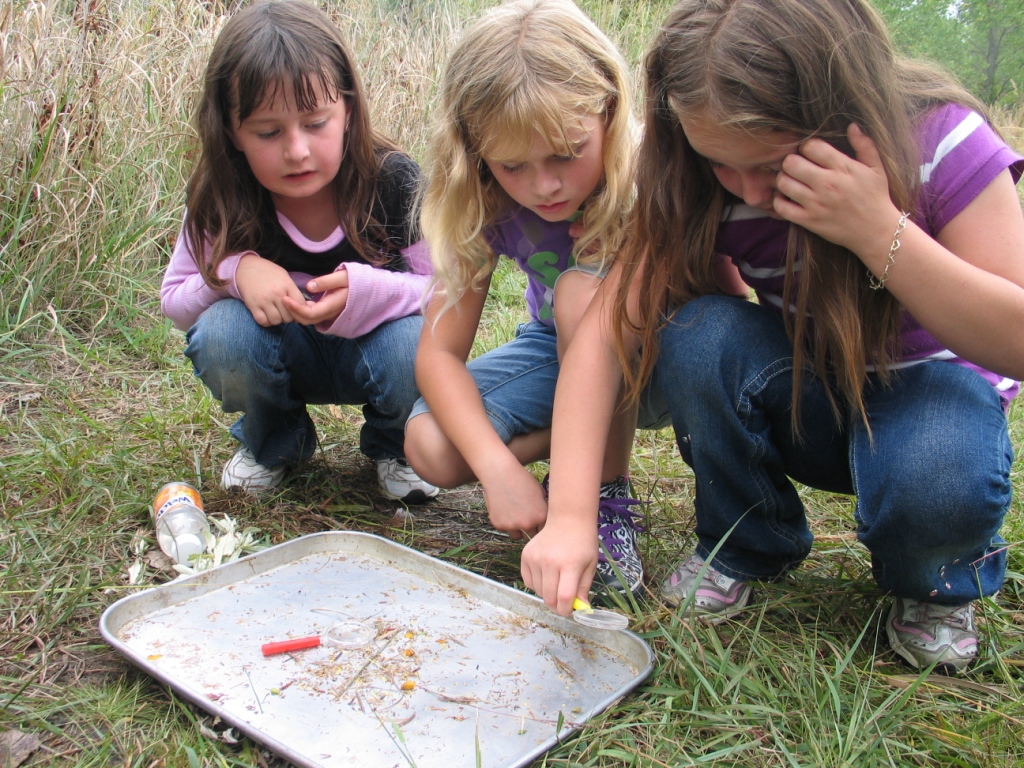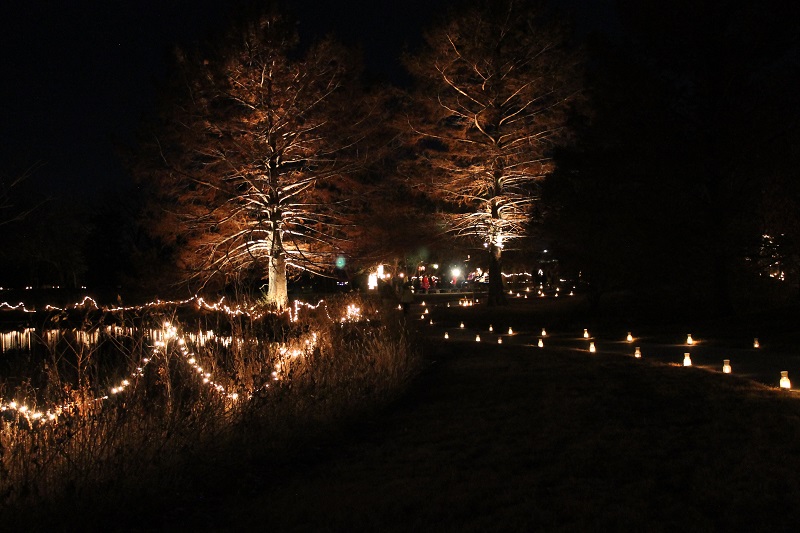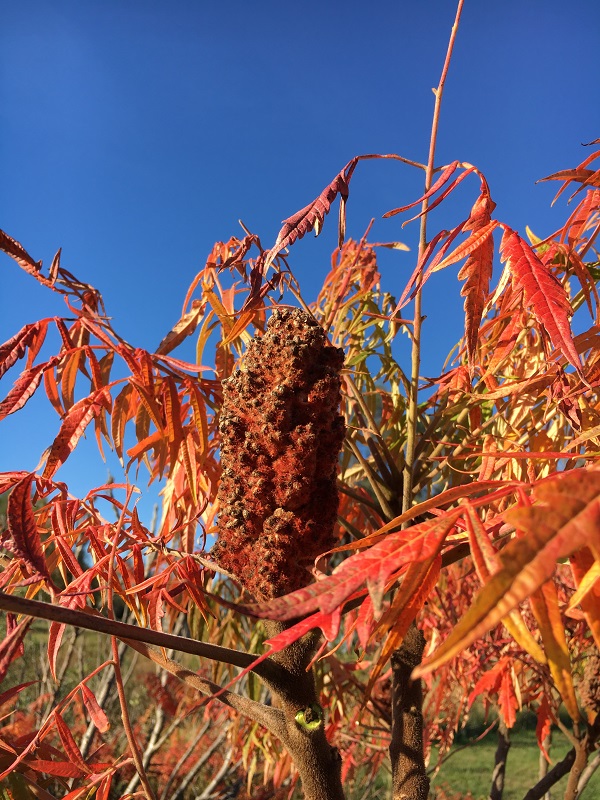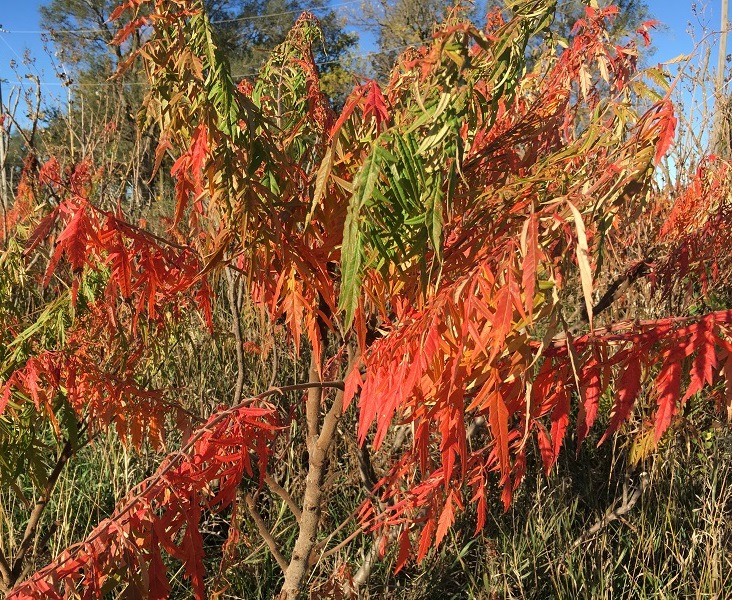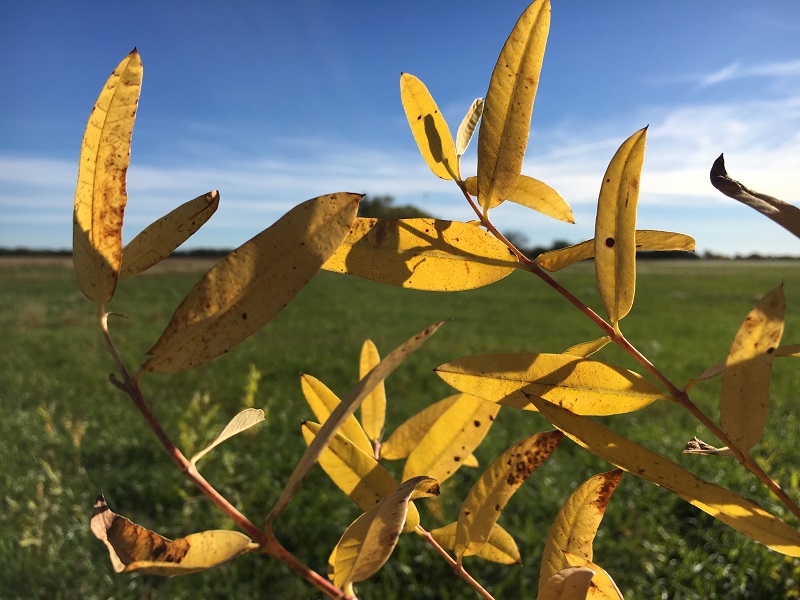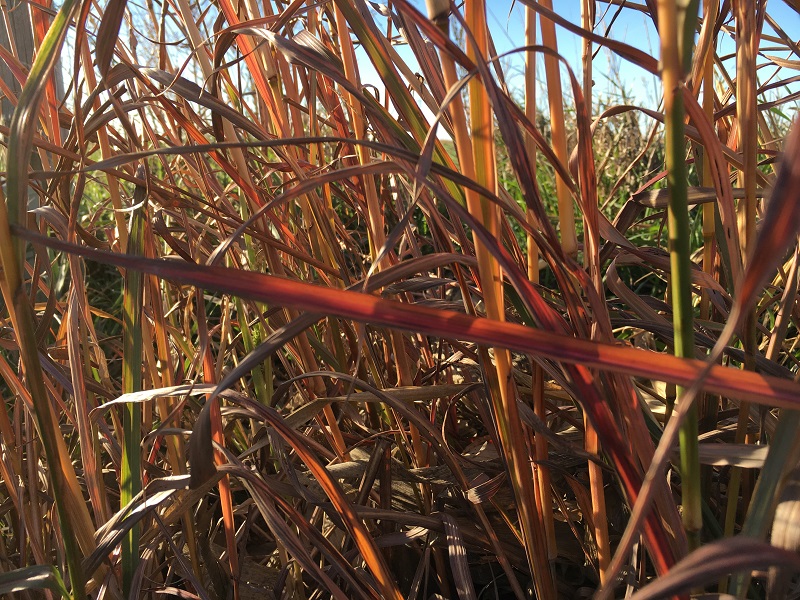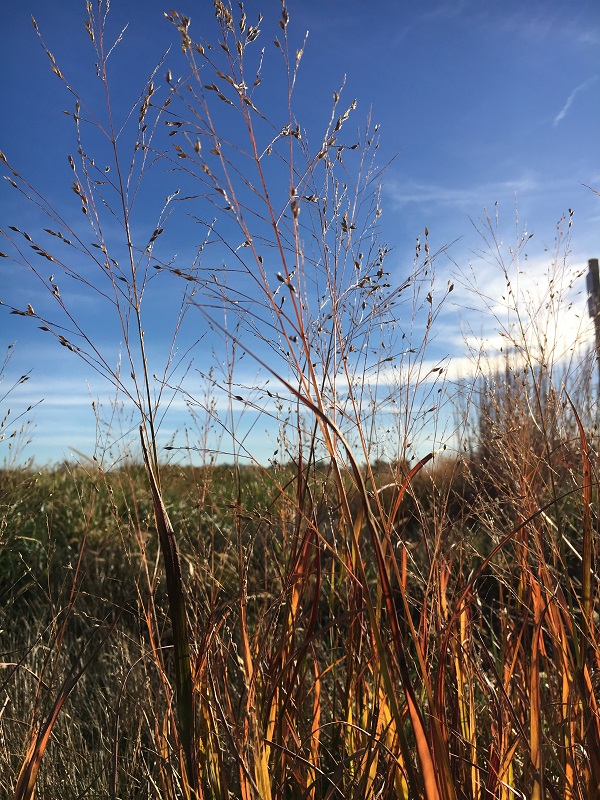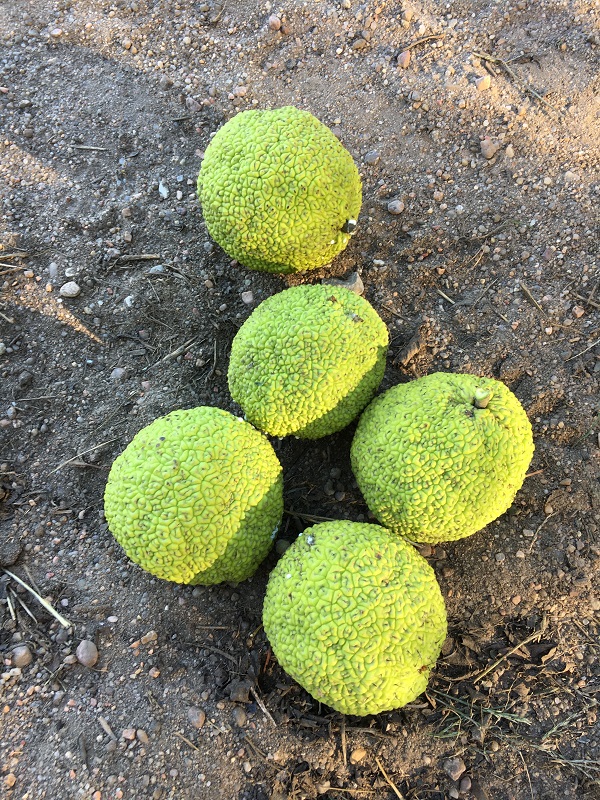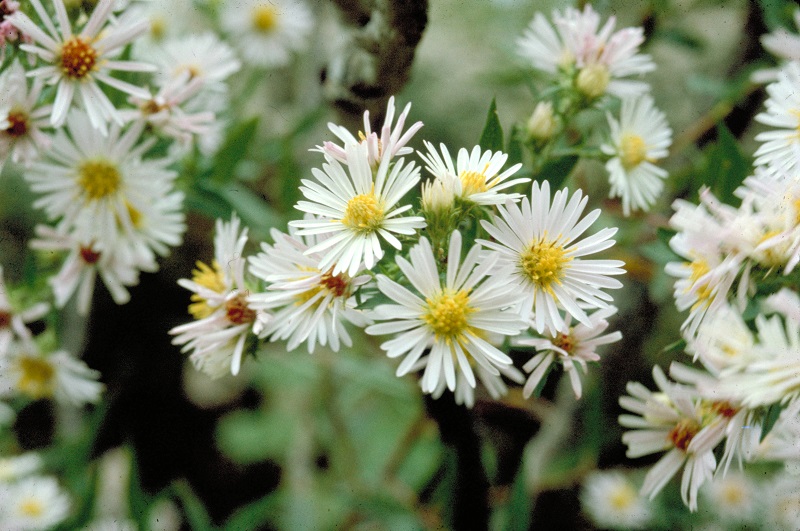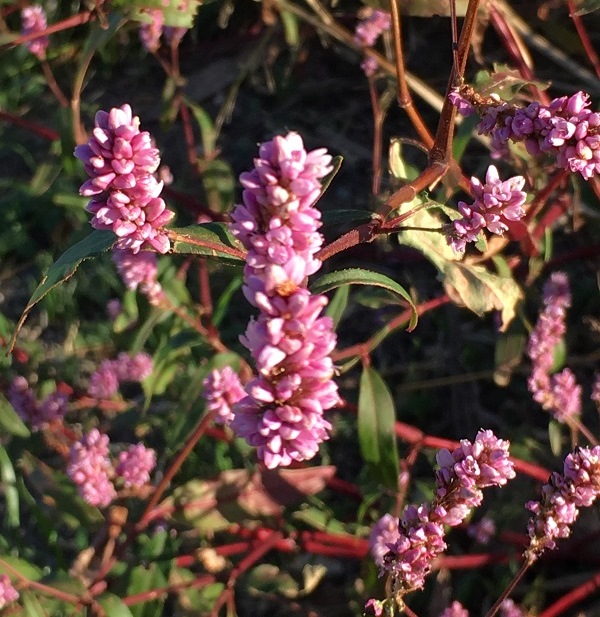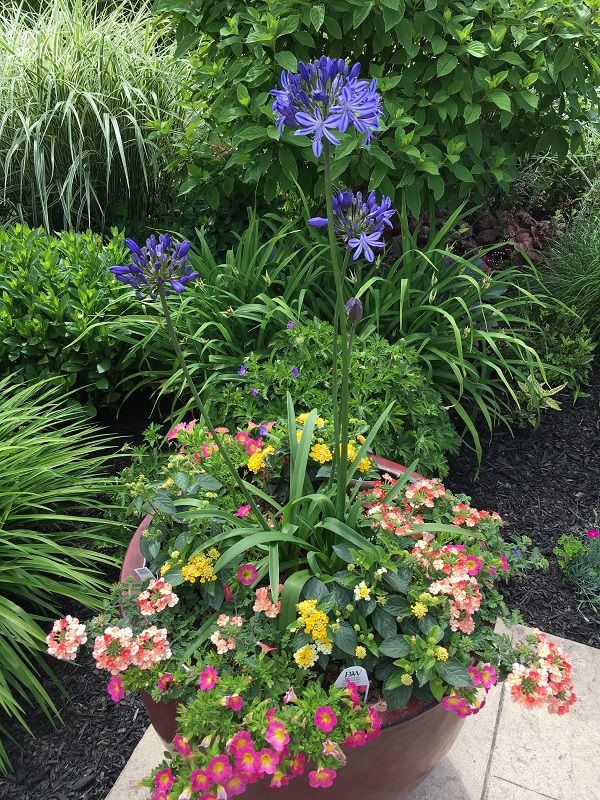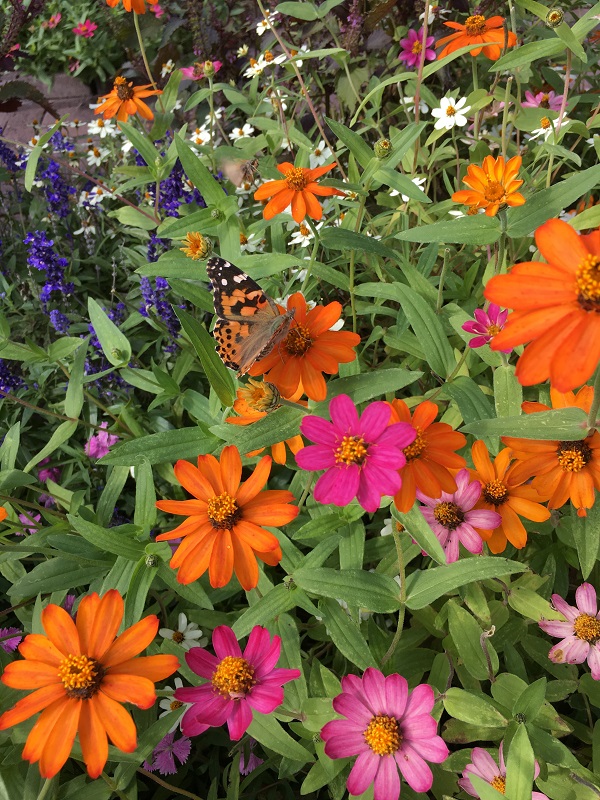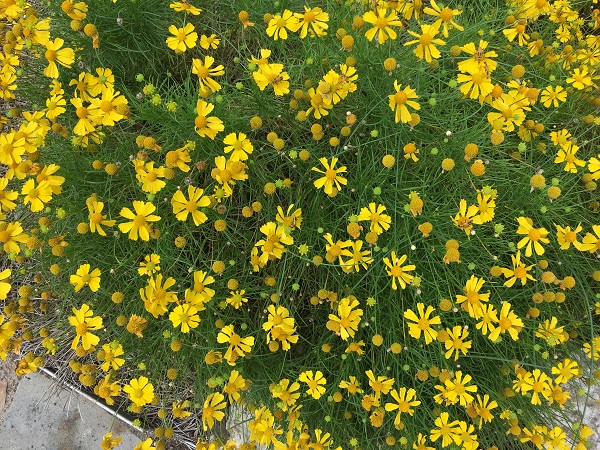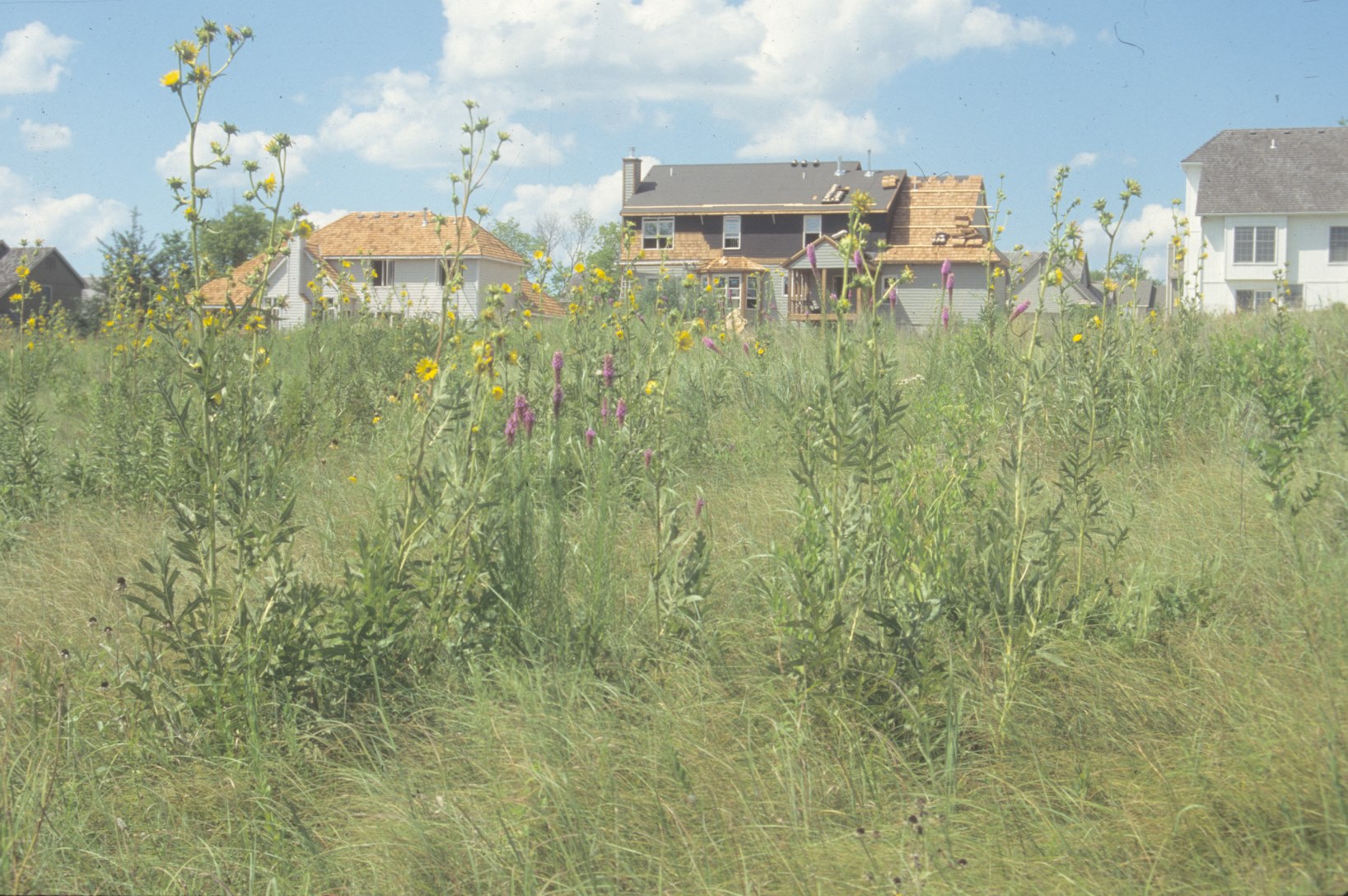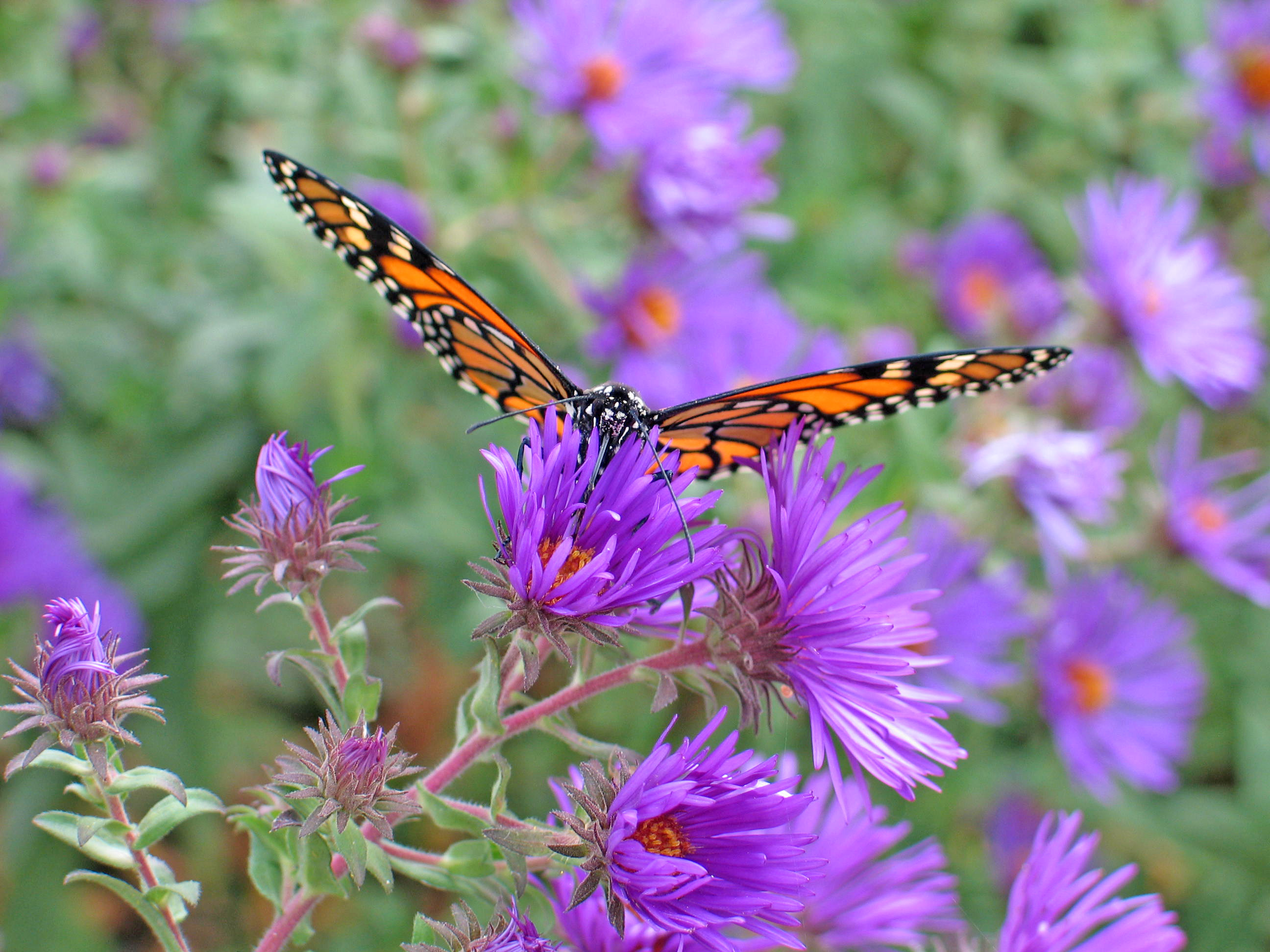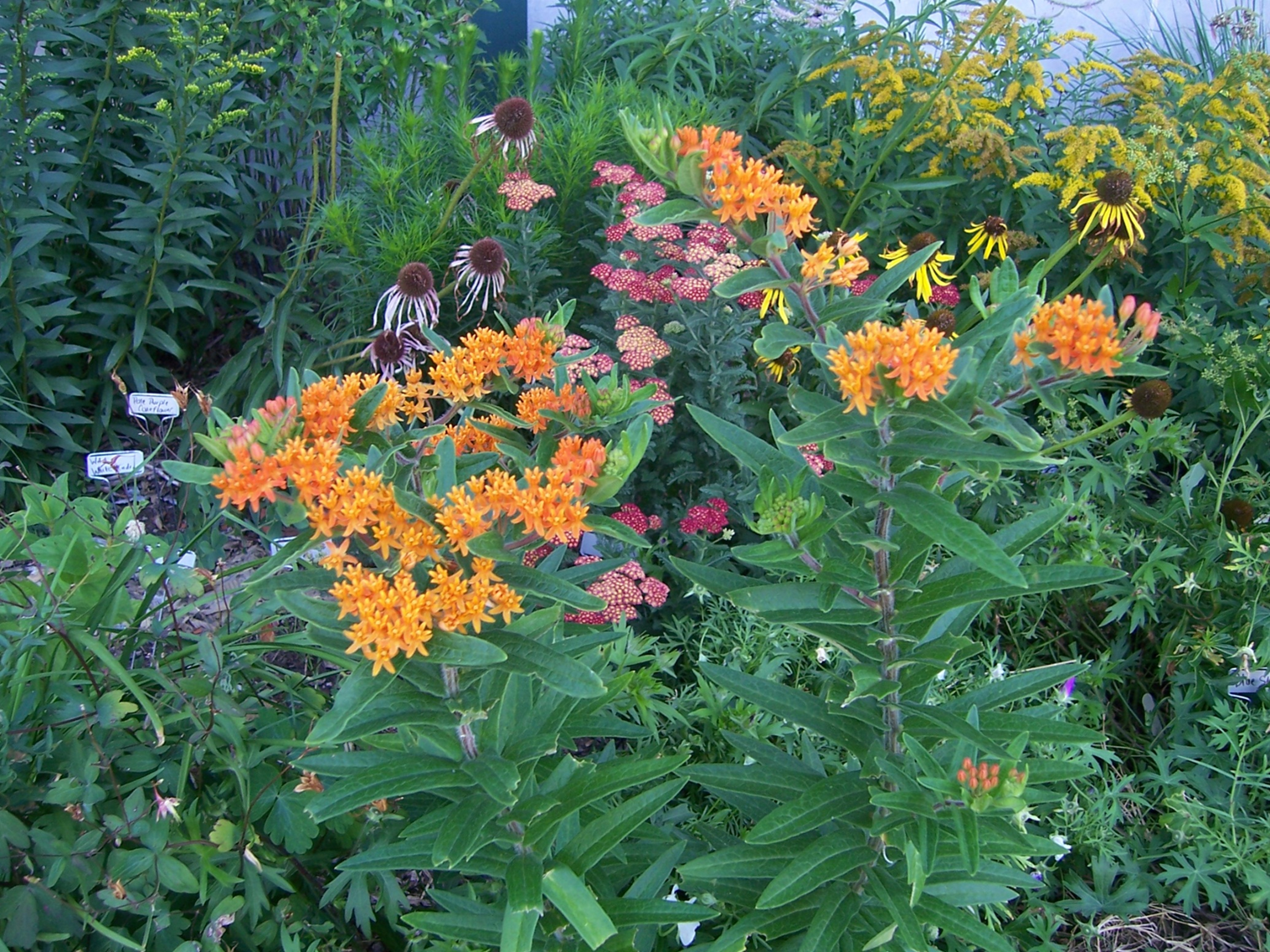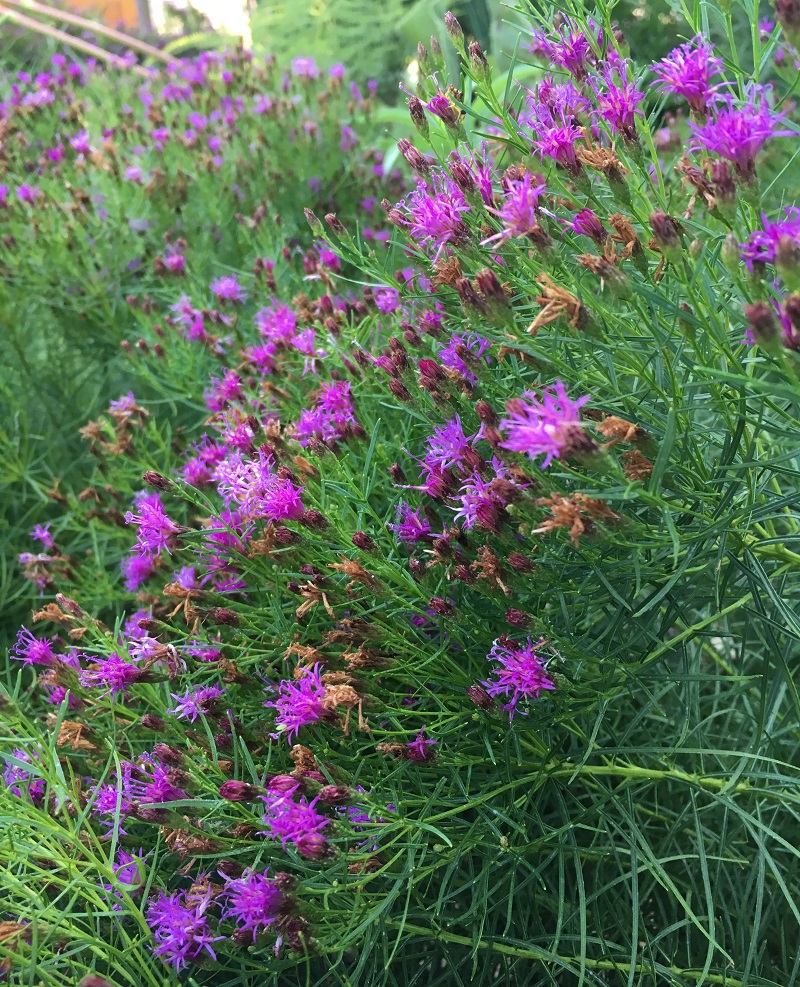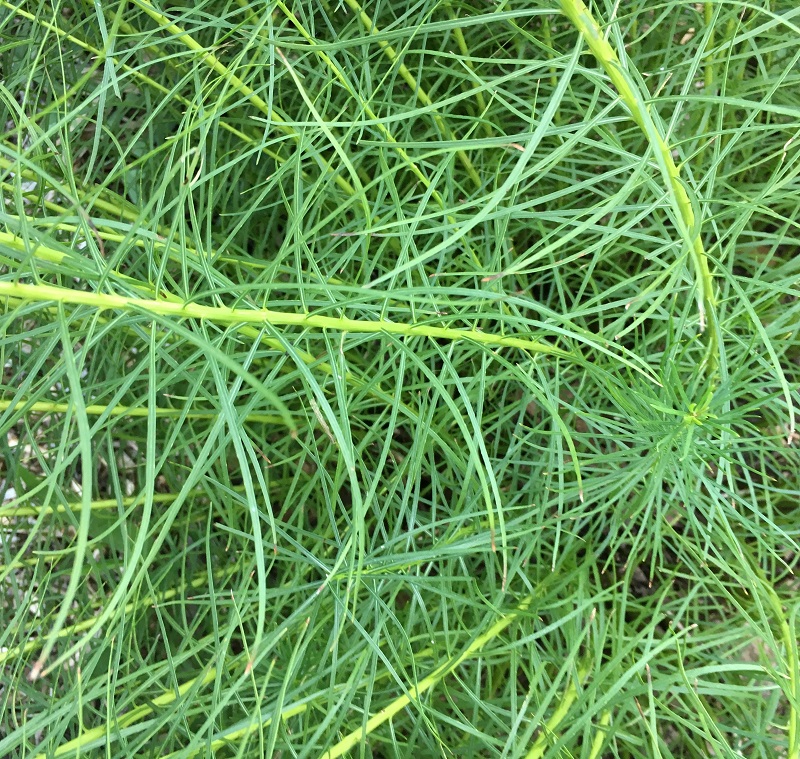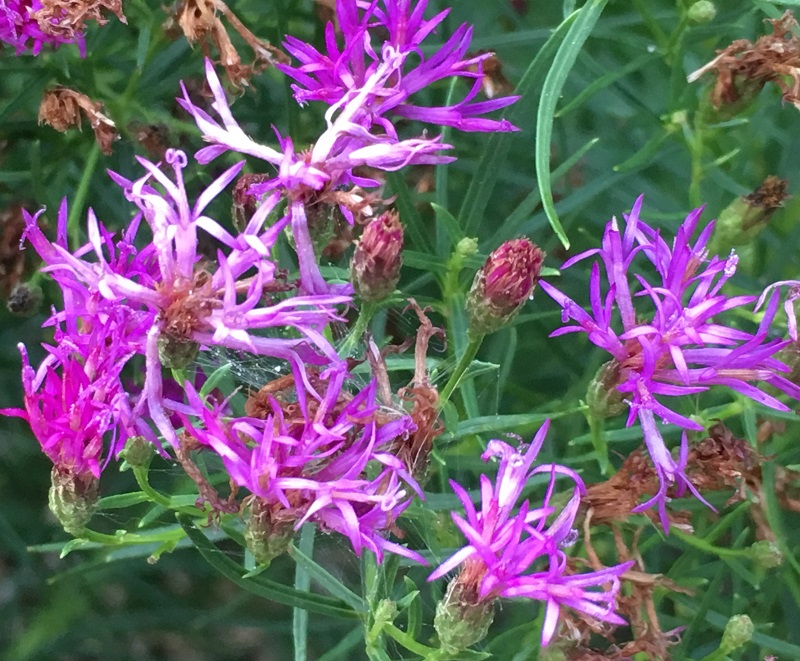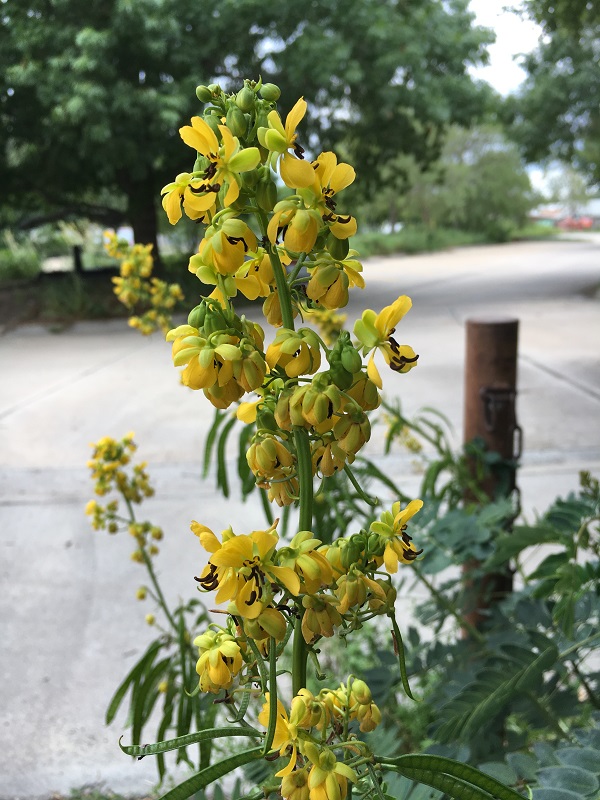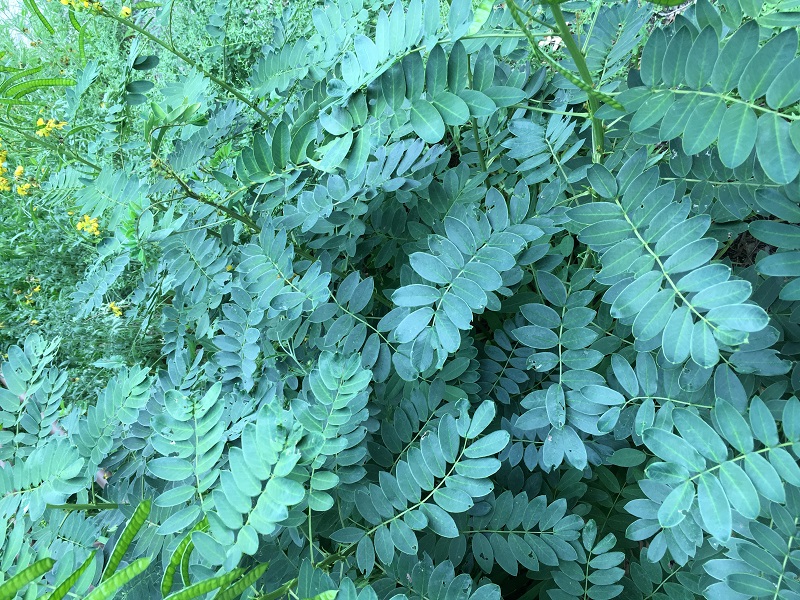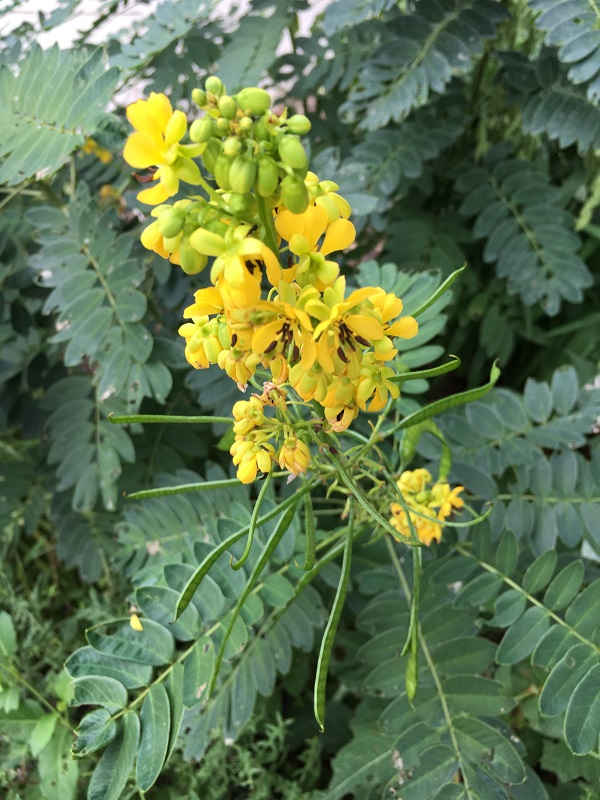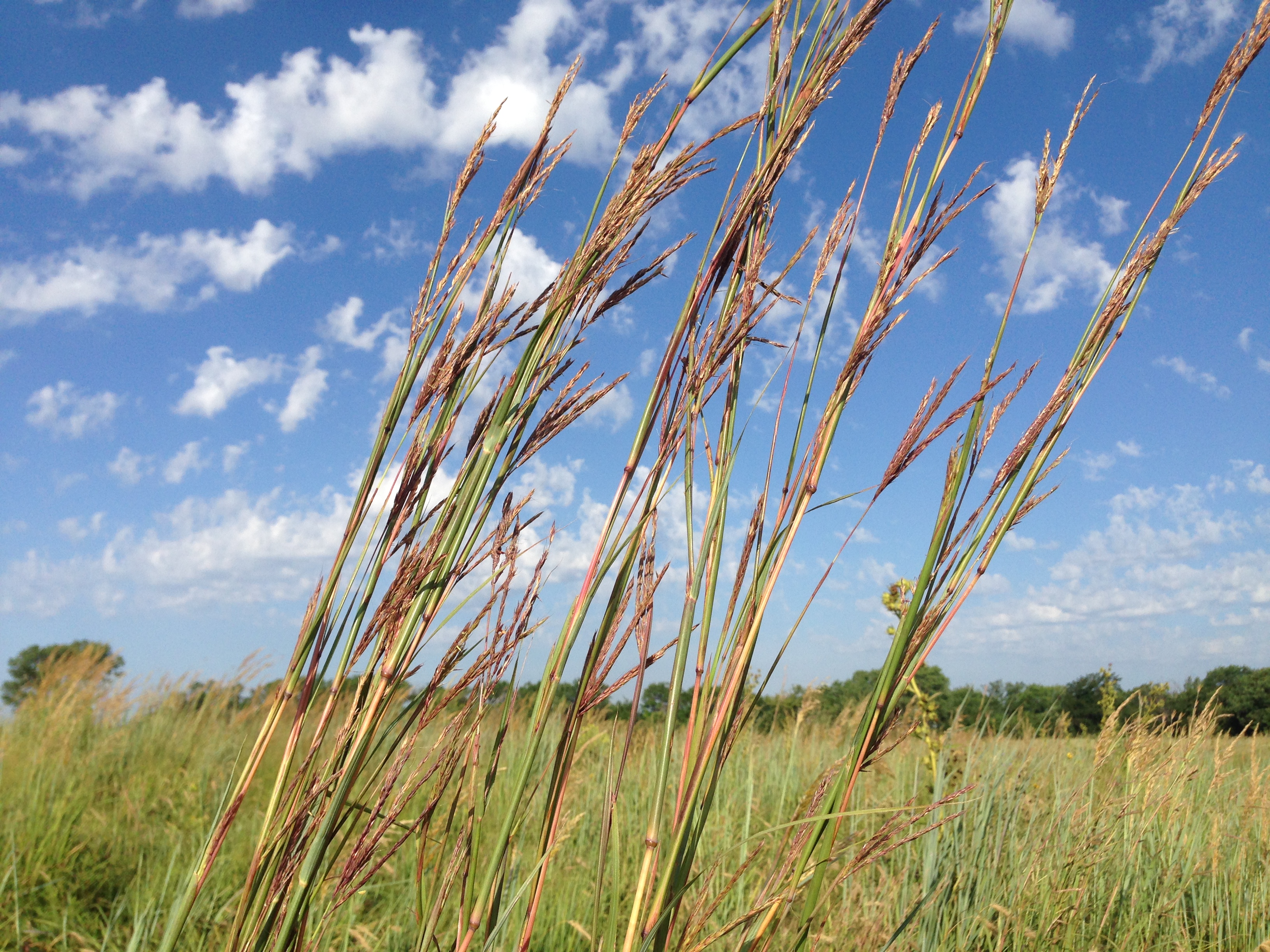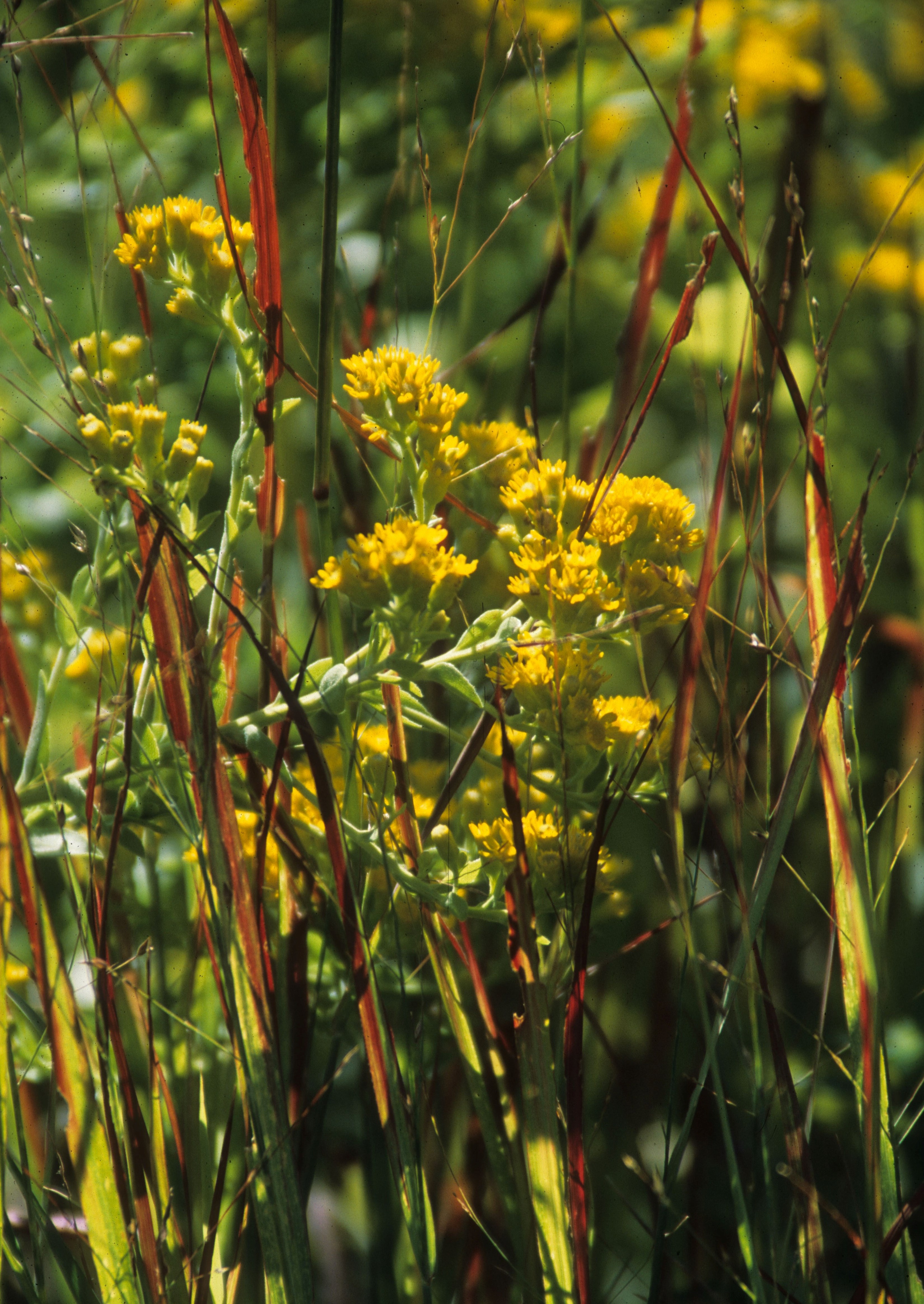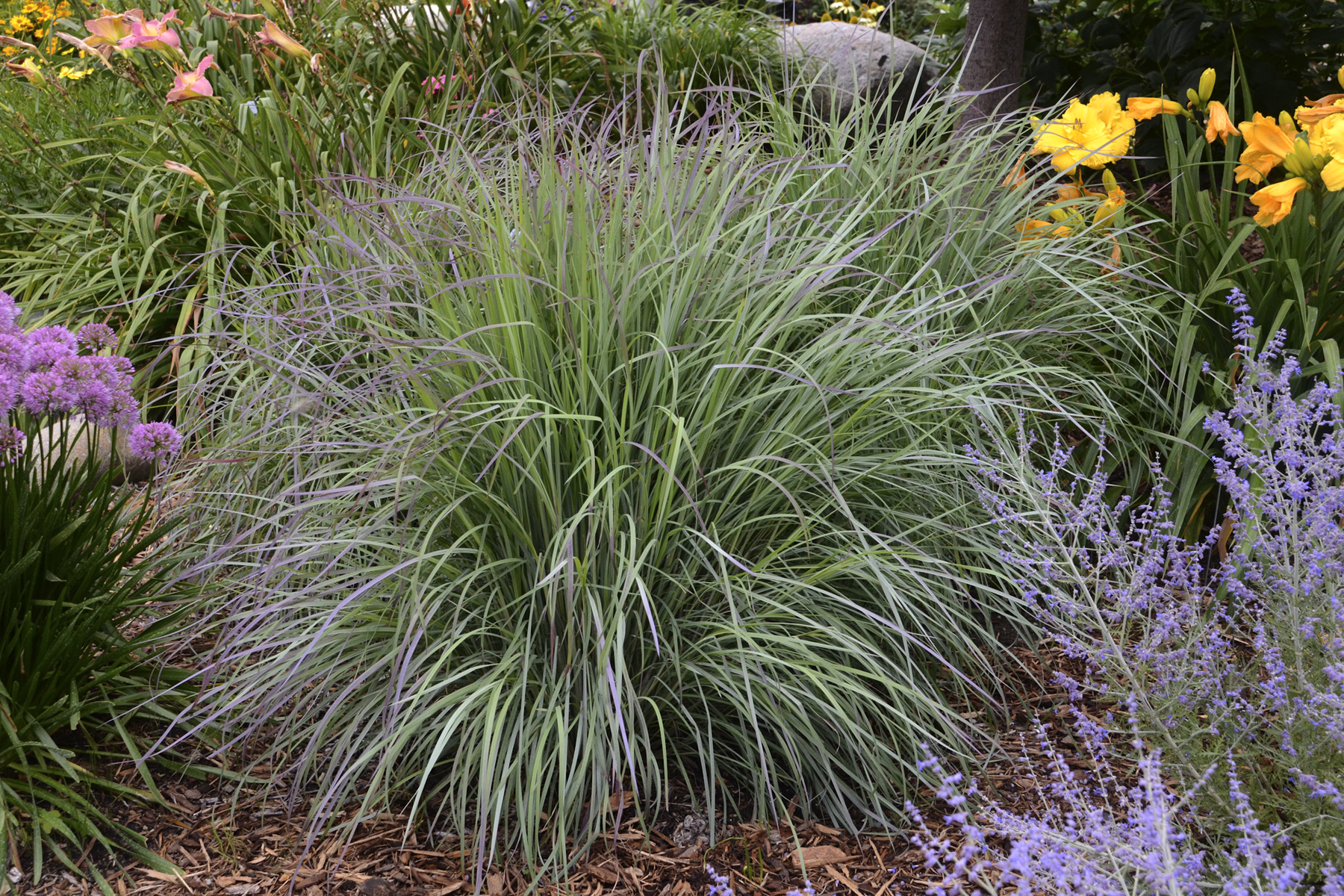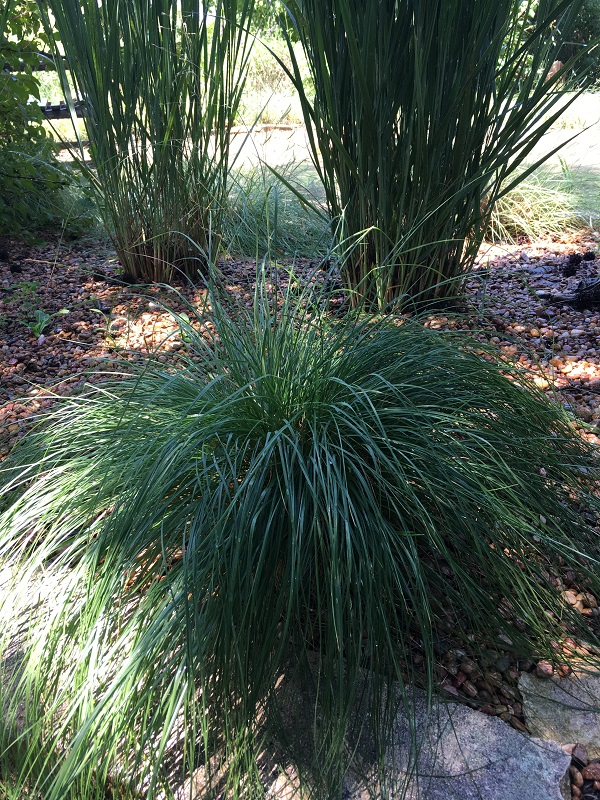As you design your landscape, one of the first questions to consider is the need for screens and hedges. Do you need to block an undesirable vista or define an area? Do you need to line a path or camouflage a utility? Hedges help outline boundaries. Instead of a rigid wall or fence built with wood or brick, why not create a living wall or screen using a variety of plants? A living fence will provide much needed wildlife habitat while slowing the wind, improving air and water quality and beautifying the landscape.
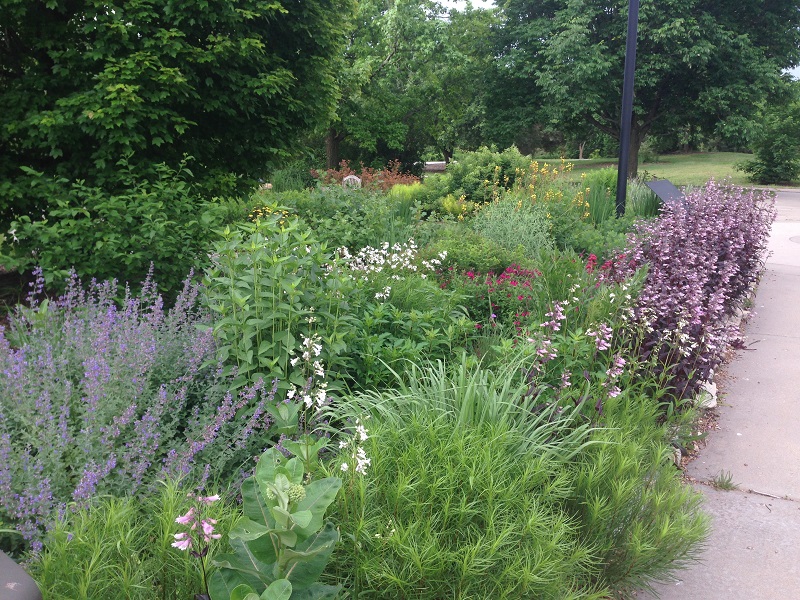
Here is a mixed planting with taller shrubs/trees in the background.
When I think of hedges, my mind automatically pictures shrubs neatly trimmed and closely spaced, but it can be so much more diverse. A non-traditional hedge can be created with many different types of plants. This approach creates layers of varying heights that naturally block the view or envelope the space. The key is matching the plants to your site and grouping plants in informal clusters rather than in predictable rows. Hedges can be an essential element in a sustainable landscape design.

Blackhaw viburnum and Dallas Blues Switchgrass
Diversity is the key to the longevity and success of any hedge. If you drive through the country, you see screens and windbreaks that were planted with only three to four species in rows, and have, over time, been devastated by decay and disease. Who knew that pine wilt or tip blight would kill so many pine trees 50 years ago? A diverse selection of evergreens, deciduous trees, understory trees, and shrubs, grouped together in irregular patterns, would allow the removal of a dead or dying plant without compromising the whole planting. This large scale example can be incorporated into a smaller back yard planting. By using a wide variety of plants, you will avoid this lack of diversity pitfall.

Buffer planting along a driveway.
Typically, hedges are made up of evergreens or shrubs, but even wildflowers and grasses can be mixed together to produce an attractive screen. Tall grasses such as switchgrass and big bluestem, along with wildflowers like New England aster and culvers root, become intertwined and dense, creating an informal hedge that provides valuable habitat and season-long interest. Intermingling shrubs with blooms and interesting foliage contributes additional food, nectar and shelter. The varying heights and undulating forms boosts the wildlife attraction and overall beauty of the planting. In instances where space is an issue, again, avoid planting in rows. Instead, plant in groups of three or five and add as many different plants as possible.
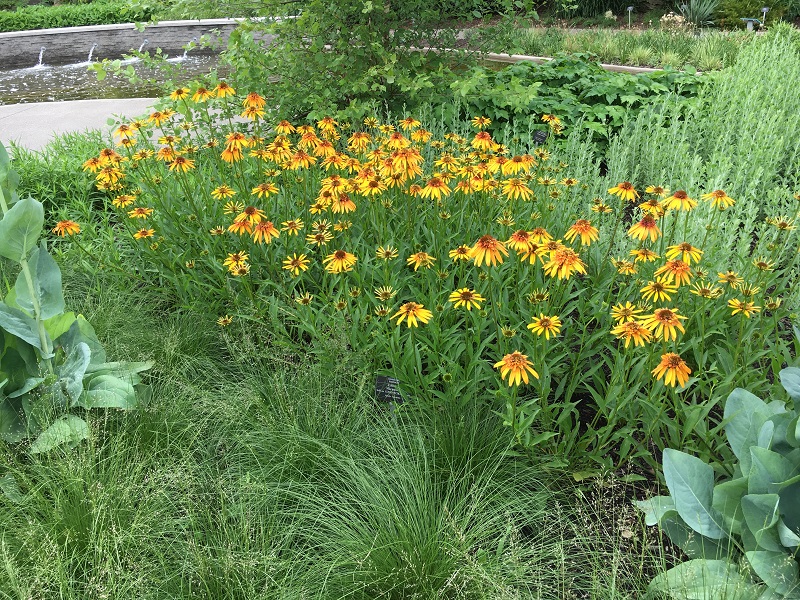
Prairie Dropseed, Giant Black-eyed Susan and yellow coneflower
Here are some examples of plants we recommend for hedges:
Evergreen choices
Eastern red cedar (Juniperis virginiana), ‘Caneartii’ or “Taylor’, Arizona Cypress, Southwestern White Pine, and Leatherleaf Viburnum
Native grass recommendations
Switchgrass-Panicum ‘Dallas Blues’, Panicum ‘Northwind’, Indiangrass-Sorghastrum nutans, Big Bluestem -Andropogon gerardii
Wildflower recommendations
New England aster, culvers root, penstemon, bluestar, bee balm, black-eyed susan, blazing star, beardtongue, coneflowers, goldenrod, and blue sage
In my own yard, I have a cedar fence to keep my dogs from escaping. However, I have softened the fence with an assortment of flowering shrubs and mixed prairie plantings in the front of it. These buffer areas are much more appealing than the stark vertical fence. The benefits of a living screen or hedge in the landscape are many. These natural plantings provide privacy, protection against wind, reduce noise, enhance energy conservation, create wildlife habitat, increase species diversity in your neighborhood, beautify the landscape and screen unsightly elements.
Hedges can do so much to improve your landscape. Why not take a second look at some of these areas in your own yard? A few additions could make a tremendous difference.
Additional resources
Recommended Trees of South Central Kansas
Native Shrub List
Native Plant Guide


